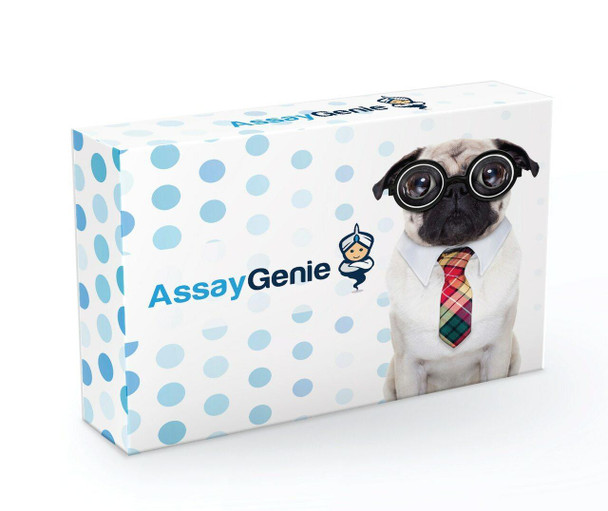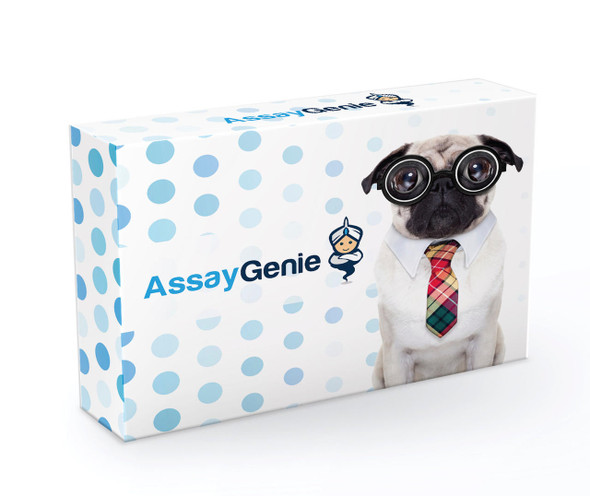Description
YWHAG PAT4B9AT Monoclonal Antibody [PAT4B9AT] (CPAB0190)
The YWHAG Polyclonal Antibody (CPAB0190) is a valuable tool for researchers studying YWHAG, a protein involved in various cellular processes such as signal transduction, apoptosis, and cell cycle regulation. This antibody, produced in rabbits, exhibits high specificity and reactivity with human samples, making it suitable for use in Western blot applications.YWHAG, also known as 14-3-3 gamma, is a member of the 14-3-3 protein family that plays a crucial role in protein-protein interactions and the regulation of diverse signaling pathways. Dysregulation of YWHAG has been implicated in various diseases, including cancer, neurodegenerative disorders, and metabolic diseases.
By targeting YWHAG, researchers can gain insights into the molecular mechanisms underlying these conditions and potentially identify novel therapeutic targets.With its ability to specifically bind to YWHAG, the CPAB0190 antibody enables researchers to detect and analyze the expression of this protein in different cell types and experimental settings. Its reliability and cross-reactivity make it a valuable tool for studies in cell biology, molecular biology, and disease pathology. By using the YWHAG Polyclonal Antibody, researchers can advance their understanding of YWHAG function and its potential implications for human health.
| Product Name: | YWHAG PAT4B9AT Antibody |
| Product Sku: | CPAB0190 |
| Size: | 5μg |
| Host Species: | Mouse |
| Immunogen: | Anti-human YWHAG mAb, clone PAT4B9AT, is derived from hybridization of mouse F myeloma cells with spleen cells from BALB/c mice immunized with a recombinant human YWHAG protein 1-247 amino acids purified from Ecoli. |
| Clone: | PAT4B9AT. |
| Reactivity: | Human |
| Applications: | Western Blot, ELISA |
| Purification Method: | YWHAG antibody was purified from mouse ascitic fluids by protein-A affinity chromatography. |
| Isotype: | IgG1 |
| Background: | The 14-3-3 family of proteins plays a key regulatory role in signal transduction, checkpoint control, apoptotic and nutrient-sensing pathways. 14-3-3 proteins are highly conserved and ubiquitously expressed. There are at least seven isoforms that have been identified in mammals. The 14-3-3gamma, a subtype of the 14-3-3 family of proteins, was thought to be brain and neuron-specific. It has been shown to interact with RAF1 and protein kinase C, proteins involved in various signal transduction pathways. |
| Synonyms: | 14-3-3 protein gamma, Protein kinase C inhibitor protein 1, KCIP-1, YWHAG, Tyrosine 3 monooxygenase/tryptophan 5-monooxygenase activation protein gamma polypeptide. |
| Storage Buffer: | For periods up to 1 month store at 4°C, for longer periods of time, store at -20°C. Prevent freeze thaw cycles. |




